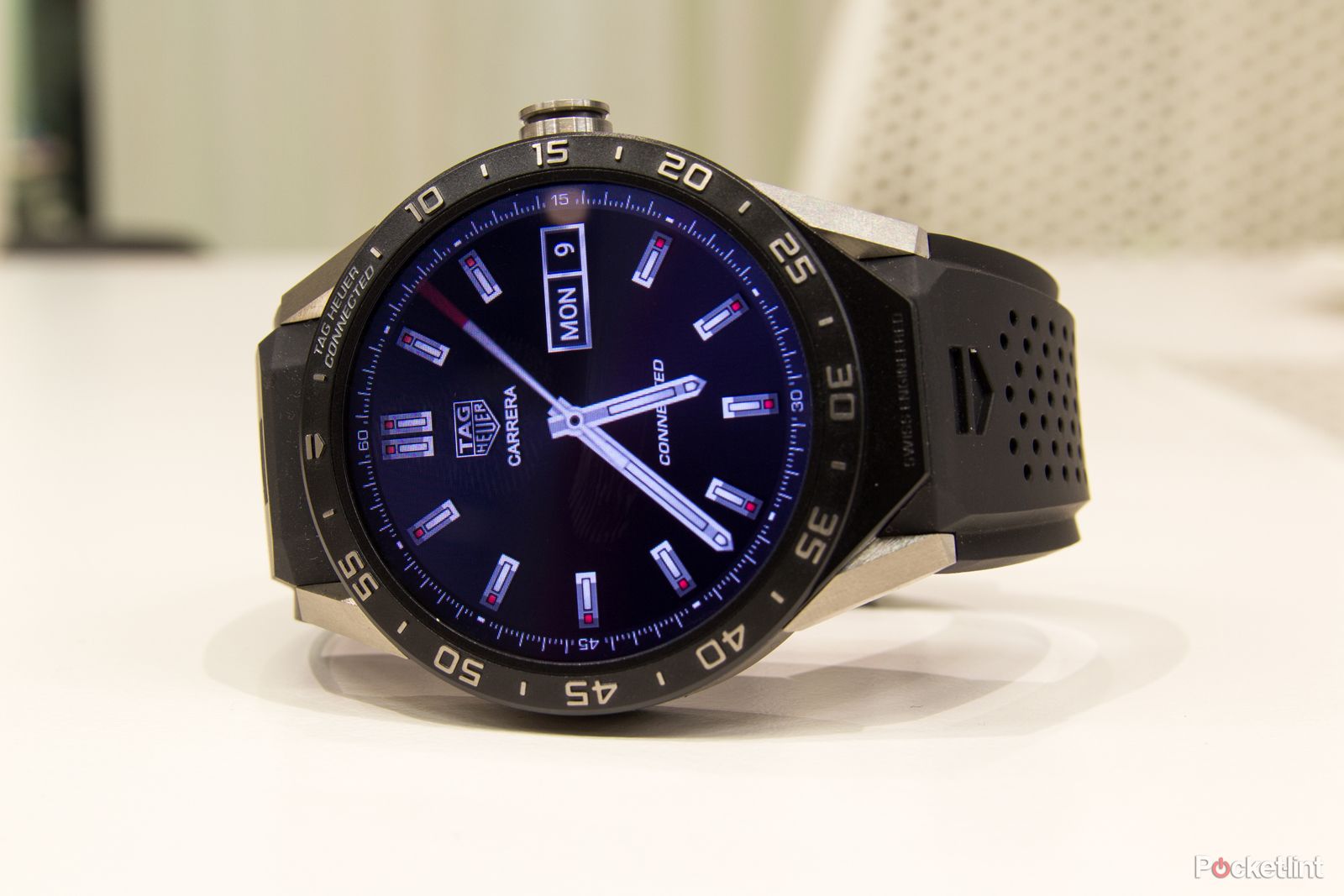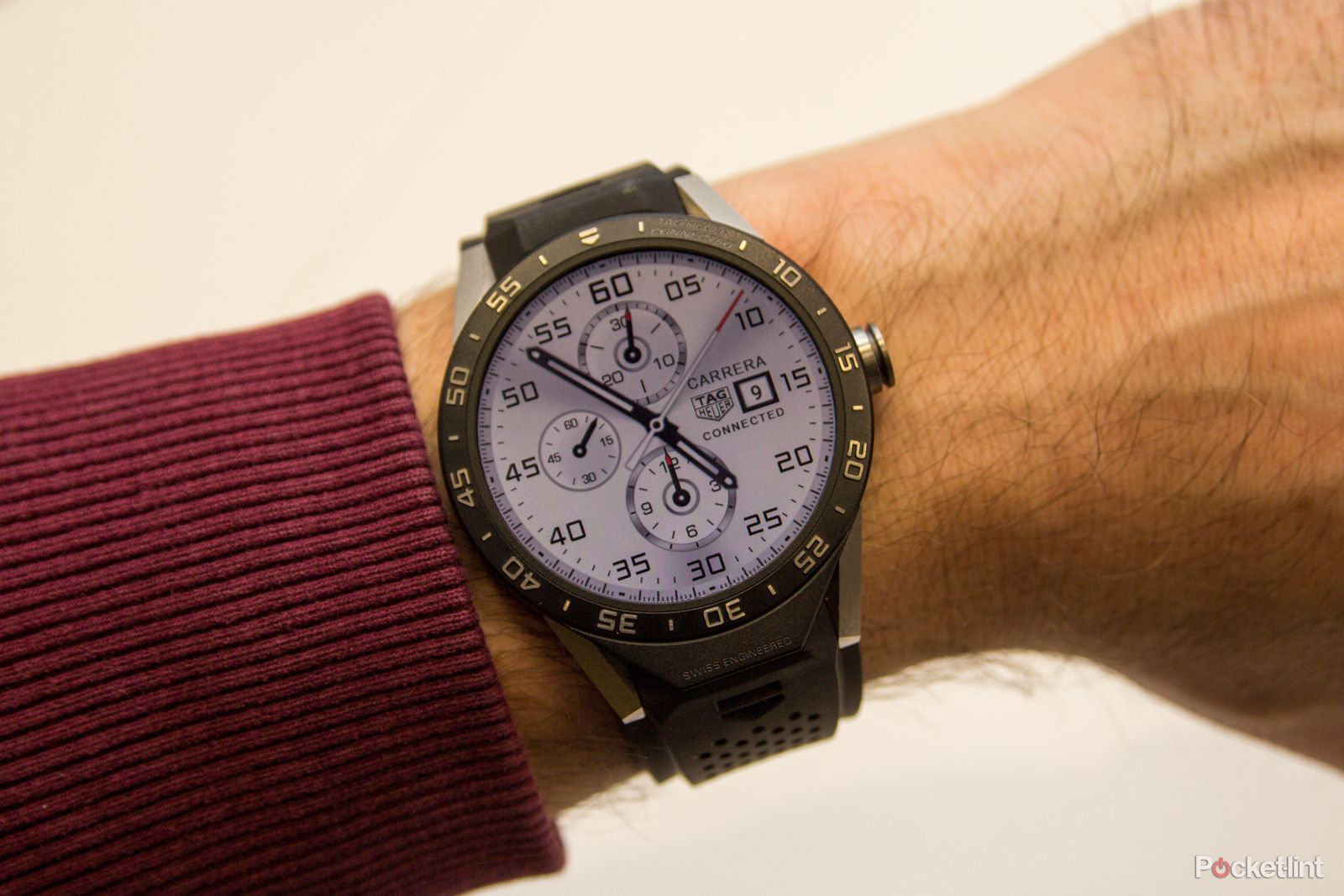Our biggest criticism of Android Wear devices so far has revolved around design. Things started cheap (and there's some value in cheap things) but when you get to a flood of cheap, the entire category is devalued.
The vernacular around Android Wear changed from those early models such as the LG G Watch or Samsung Gear Live, to talking about luxury and premium devices. What followed might have been higher quality than the first generation, but although the Moto 360 talked a good game, there wasn't huge quality in that leather strap, nor was the design particularly interesting, not in watch terms, anyway.
LG took the torch and continued to run with it, pronouncing that the LG Watch Urbane was a new level of luxury. With a design where the lugs were too wide, and the back entirely plastic, it was immediately trumped by the Watch Urbane LTE that LG showed off at the same time, and looks to be using for it's next design, the Watch Urbane 2.
Then we have Apple Watch. Launched with a price well above anything that Android Wear had produced, it offered a more substantial build and design. It feels like it matches that lofty asking price, although, yes, the jump from a £300 Watch Sport to an £8000 Watch Edition is hard to swallow, even in the world of luxury watches.
However Apple has brand power that others lack. People will aspire to Apple in a way they won't for those other brands, and we quickly saw Apple Watch in high profile locations, like on the wrist of JJ Abrams in Star Wars interviews, Beyoncé, and plenty of others. Smart product placement, sure, but it spreads the word and it gets attention.
The big difference between Tag Heuer Connected and its Android Wear stable mates isn't just the price, it's about brand and desirability. Tag is an established Swiss watchmaker. It's a luxury brand and it's a brand that people associate with higher costs and higher class. There's also a synonymity with racing and we'll bet our socks that's leveraged in marketing.
The Tag Heuer also wins on design easily. It looks good and, despite the large 46mm face, it sits comfortably on the wrist which some other devices don't manage. This comes down to experience in watch design. If we have a criticism, it's that the Tag is too light in weight. It's grade 2 titanium, which makes a good headline and brings strength, but we wish you got more heft for your cash.
But the Tag Heuer Connected doesn't have to be good value for money because of brand. There will be those who have the cash and are interested in this new world of connected watches. They probably have a Tag, or a Rolex or an Omega already, and would never wear devices from LG, Samsung or Huawei, because they aren't watchmakers and they don't carry luxury brand prestige.
All those devices might be better technically, but when brand matters, such trivialities as the spec sheet don't. What the Tag Heuer Connected really brings to Android Wear is a device that's aspirational. It's slightly crazy, it's a higher cost than most can justify, but that's something that the luxury watch market does time and time again.
Android Wear needs a showcase device, and the Tag Heuer Connected may just be it. You might not be able to afford to buy it, but the more it pulls Android Wear into the limelight the better. The more people use the platform, the more attention it gets, the more developers will get involved and the better it will become.
It doesn't matter if you can't afford £1100 on a smartwatch: the point is that Android Wear can't afford not to have devices like this. And that's why it makes perfect sense.


